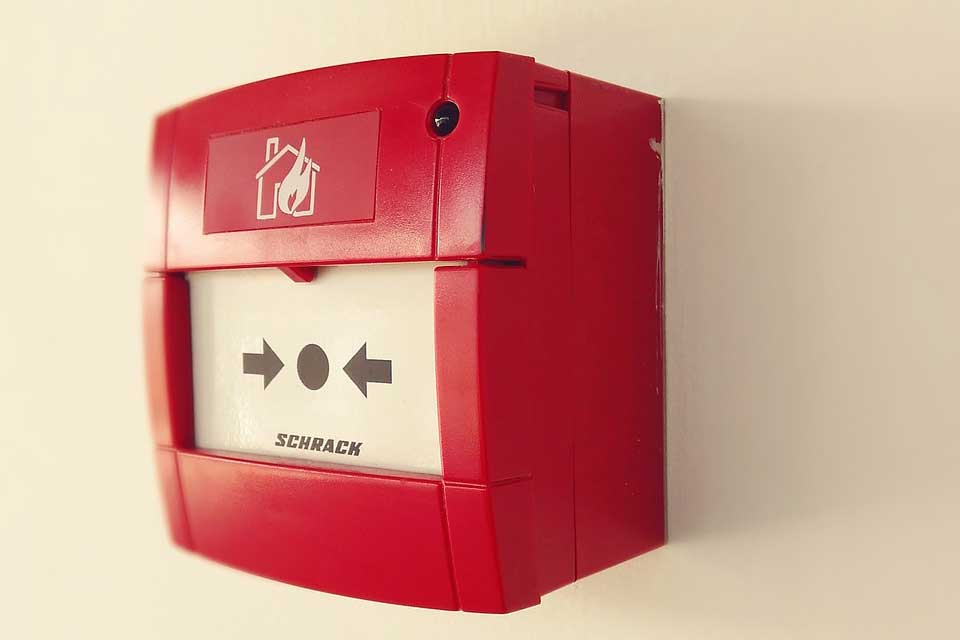False alarms – Getting the level of alert right

By Klaus Allion, Managing Director, ANT Telecom Safety alerts elicit an urgent response with good reason; the cost of not responding in time is potentially astronomical. Fire, for example, can destroy equipment and entire buildings and have catastrophic human cost. Businesses are naturally committed to keeping their staff, property and livelihoods safe, so install fire alarms […]

